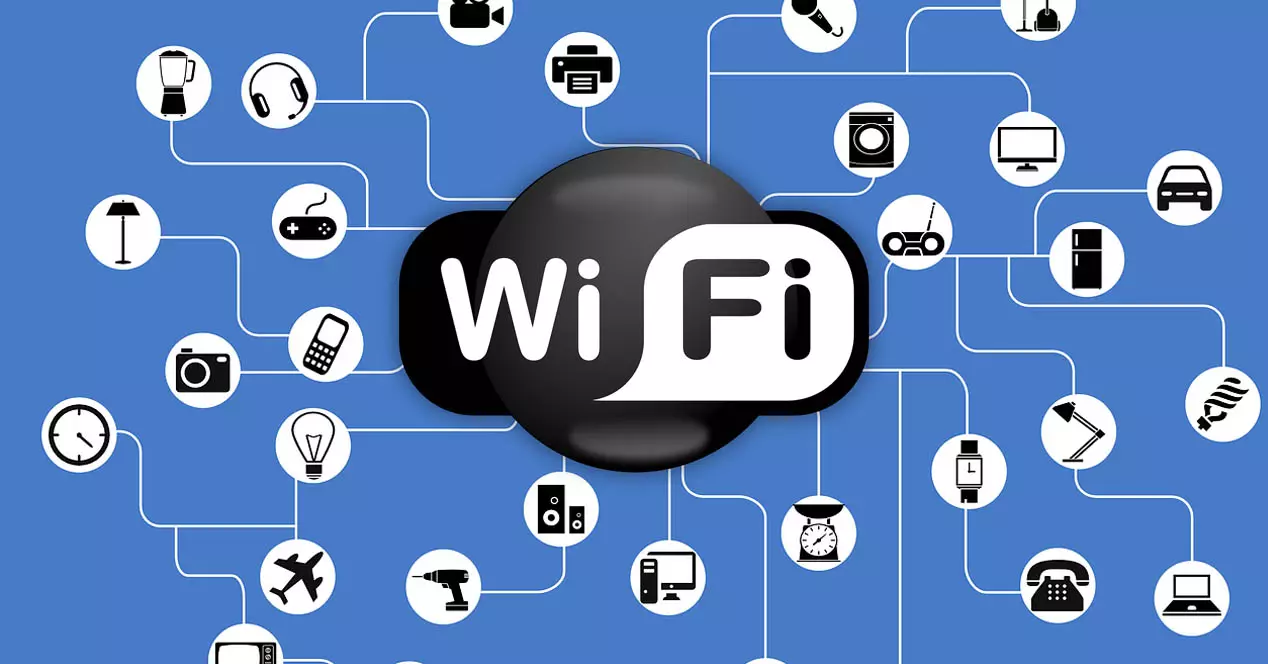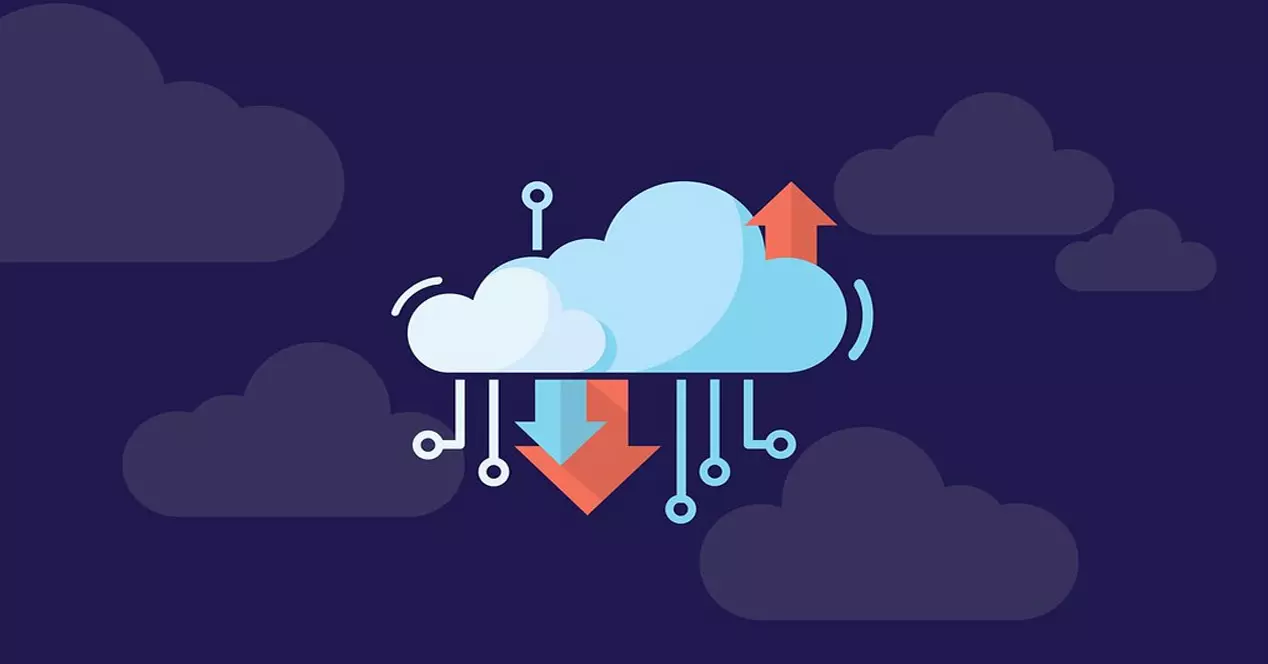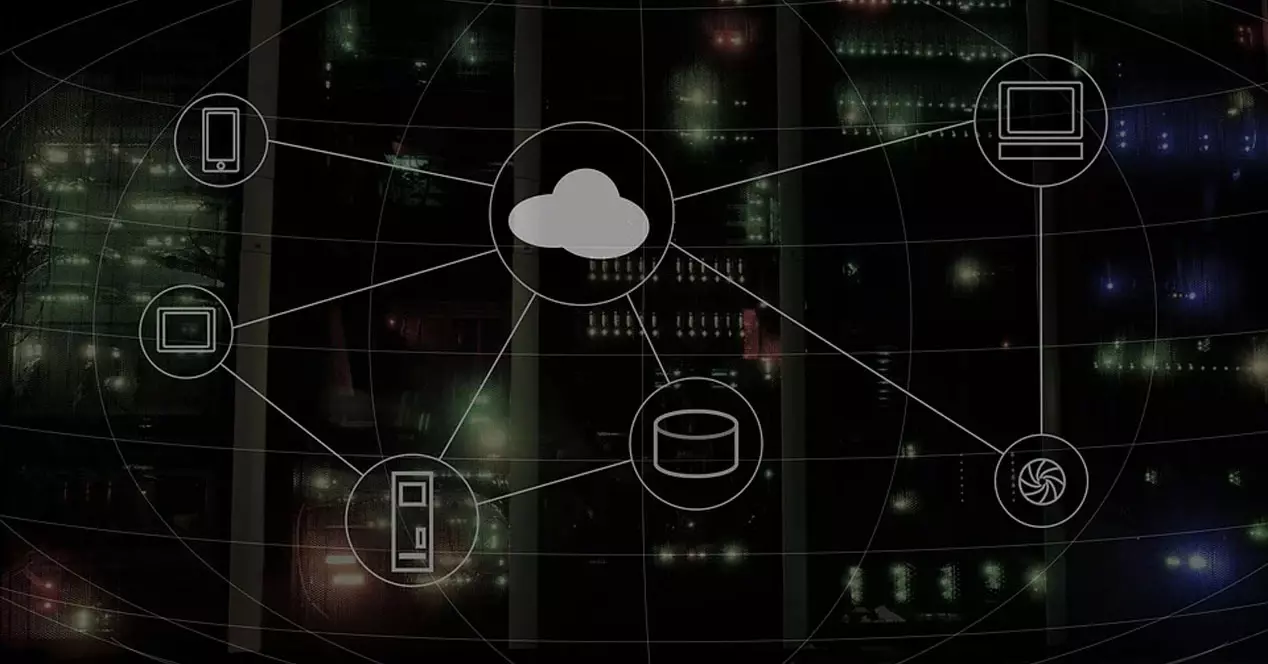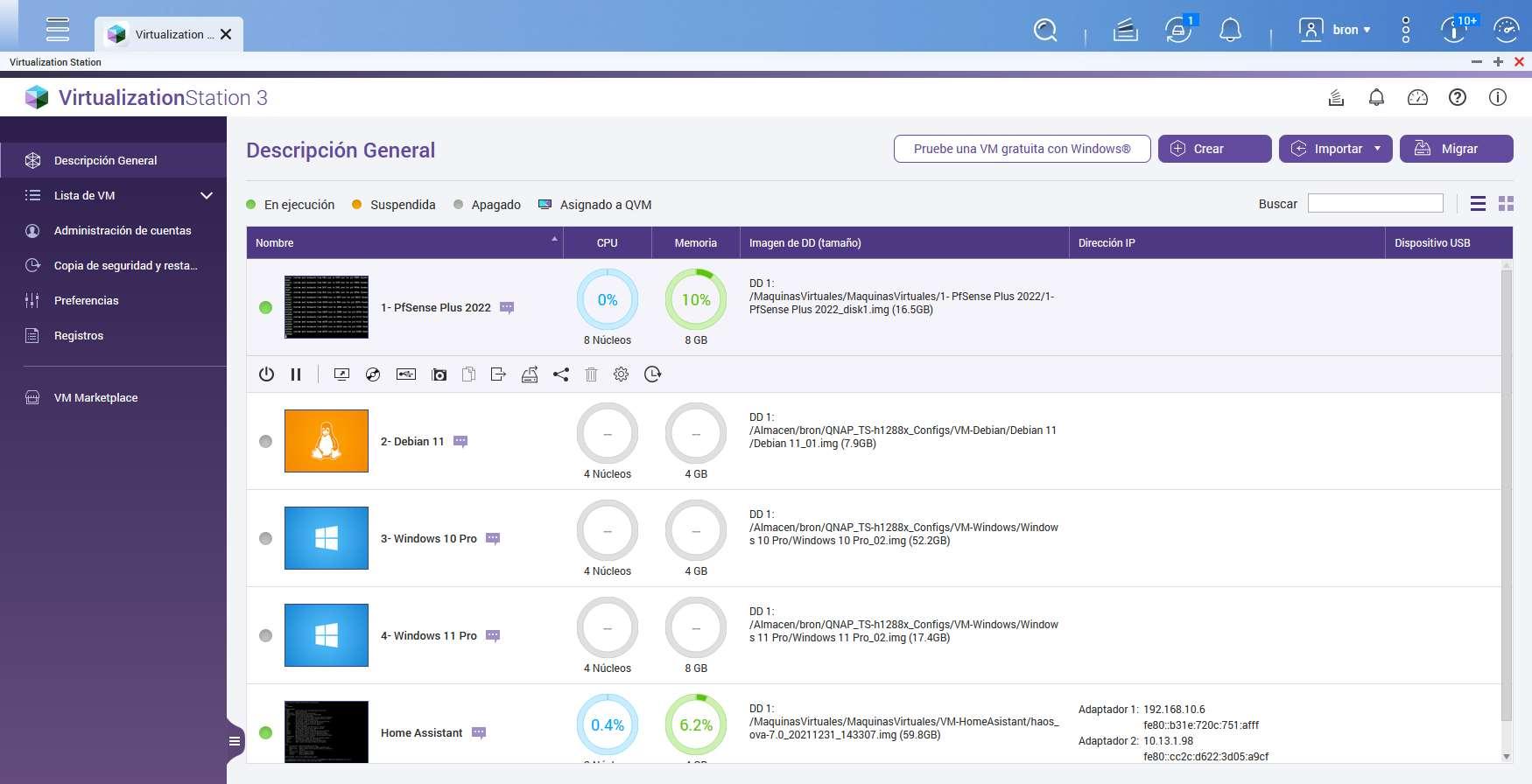
This is going to make us wonder what rate we should contract for the connection to work well according to the number of devices connected. Here there may be important differences, as you will see.
What Internet to hire according to the number of devices
You can see many internet fees available. The usual thing today is to hire fiber optics and you will see rates that range from 100 Mbps to 1 Gbps. Also, although less frequent, rates with a lower speed. Having such a wide range of options can make us doubt how much you are going to need and that can depend especially on how many devices we connect. How can we calculate it?
Overall consumption per device
The first thing to consider is the overall consumption of a device. Not everyone consumes the same. There may be very large differences between one and the other, so it will be necessary to average how much each one consumes and thus see to what extent the amount that we have connected can affect.
A game console it can consume between 10 and 25 Mbps. Sometimes even more, if the game has a very high screen resolution or has to update large files constantly. We can take the same into account if we are going to play online with a computer.
For watch videos, such as from a television, computer or mobile, consumption will range from about 2 Mbps when playing low quality videos, such as 480p, up to about 25 Mbps, to play 4K videos. For example, if you use platforms like YouTube or Netflix, more or less calculate that on each connected device.
You’ll use the cloud to create backups and constantly upload or download files? Without a doubt, it is an important consumption and the connection you have will be key here. For example, downloading from Google Drive can go to about 500 Mbps, although generally this type of service will be around 150-200 Mbps download and slightly less upload.
To navigate in general, read mail, use WhatsApp and similar applications, consumption is not really going to be very great. You would need a lot of connected devices to have problems, unless you have a very limited contracted rate.
So, what general consumption can we have per device? As you can see, it will depend on whether you watch videos, use the cloud, play online, browse… If we put a general average of three common uses, always pulling the highest quality, it could be something like this:
- Play streaming videos: 15-25 Mbps
- Play online: 20-25Mbps
- Cloud usage: 150-200 Mbps
Only with these three assumptions, as long as they are all done at the same time, we can have a consumption of 200-250 Mbps. But of course, using the cloud, which is somewhat more punctual, is not the same as playing YouTube videos, which is usually more common.
Time they will be connected
That is why we must take into account the weather that these devices will be connected or, at least, with that use. How long are you going to watch YouTube videos? Will you constantly use the cloud, for example if you work online remotely? This is possibly the key to choosing one rate or another, even ahead of the total number of devices.
If, for example, you are going to constantly use Google Drive to upload and download documents, think that you need to have at least 300 Mbps (even 500 to avoid problems) for it to work correctly. If instead of one device using the cloud you are going to use two, all this increases.
However, if, for example, you are going to use Google Drive and the rate you have contracted has 100 Mbps, it does not mean that it will not work, but that it will be slower than it could work. Now, the normal thing is that you use this type of service in a punctual way and you don’t spend all day uploading and downloading things.
number of devices
The third point is the most important for what we are looking for: the number of devices. What fiber optic rate to contract based on the devices connected to the network? If we leave aside devices that practically do not consume, such as thermometers, sensors, smart light bulbs or any similar device, we can do some math and see what rate to hire.
We can say that on average a device, at least taking into account some of the things that consume the most such as playing online, playing streaming videos or using the cloud, is going to need about 75Mbps. It should be emphasized that we are talking about average, since 5 devices watching YouTube videos in low quality, which could need 10-15 Mbps, would not be the same as those same devices uploading or downloading files from the cloud.
Therefore, starting from those 75 Mbps on average, and taking into account that we do everything in the highest quality and also using services that consume a lot such as the cloud, we can make a small table to get an idea:
- 1 to 2 devices: about 150 Mbps
- From 3 to 5 devices: 225-375 Mbps
- From 6 to 9 devices: 450-675 Mbps
- From 10 to 13 devices: 750-975 Mbps
Conclusions
As you can see, if at home you are not going to use more than a couple of devices at most, in general terms, for a general use, you will not need more than 150 Mbps. On the other hand, if you are going to have more devices connected, you should think about a higher rate. Normally fiber optic rates are usually 300, 500, 600 or 1 Gbps, to give you an idea. If you are going to connect more than 10 devices and use them a lot, the maximum rate of 1 Gbps suits you. If you are not going to go over 5 or 6, with 500 Mbps you are going to be left over.
Now, what we are mentioning is simply an estimate for common uses of the Internet, such as browsing, downloading files, watching streaming videos, making a video call, playing online… If at any given time you are going to need to download a large file from a server powerful, logically it will go faster if you have more speed. For example, if you are going to upload a video to YouTube, there will be an important difference between having 100 Mbps or 1 Gbps fiber optics.





